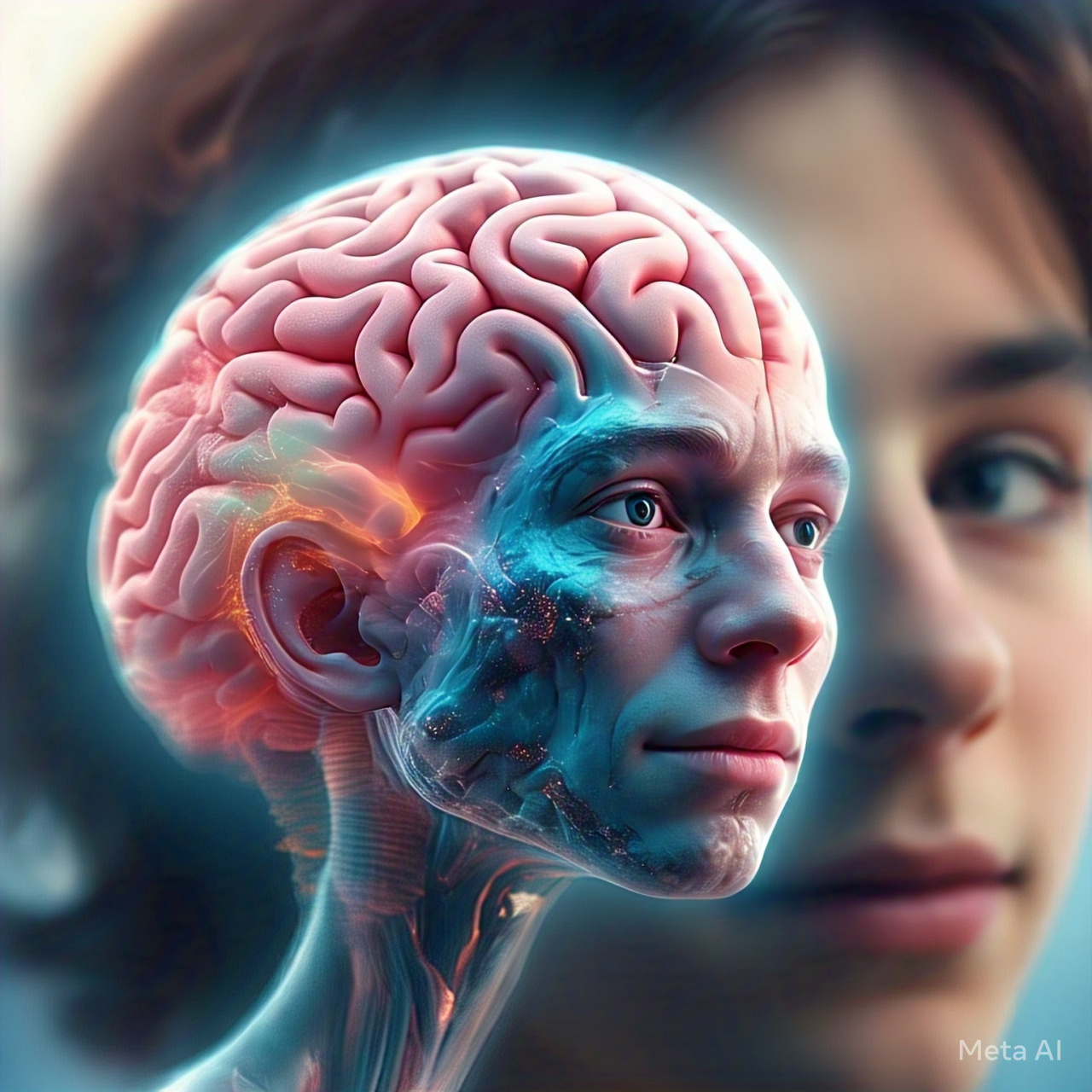Table of Contents
- Introduction
- Understanding AI Bias
- How Bias Creeps into AI Algorithms
- Data Bias
- Algorithmic Bias
- Human Bias in AI Development
- Real-World Examples of AI Bias
- Bias in Hiring Algorithms
- Racial Bias in Facial Recognition
- Gender Bias in AI Assistants
- Consequences of AI Bias
- Discrimination and Inequality
- Loss of Trust in AI Systems
- Legal and Ethical Implications
- Strategies for Ensuring Fairness in AI
- Improving Data Diversity
- Transparent and Explainable AI
- Regular Bias Audits
- Inclusive AI Development Teams
- Case Studies of Fair AI Practices
- The Role of Governments and Regulations
- Future of Fairness in AI
- Conclusion
- FAQs
1. Introduction
Artificial Intelligence (AI) is increasingly shaping our world, from hiring decisions to criminal justice systems. However, AI systems are not always fair and can inherit biases from their human creators or training data. Understanding and mitigating AI bias is crucial to ensuring that technology serves all people equitably. This article explores the causes of AI bias, its consequences, and strategies for creating fairer AI systems.
2. Understanding AI Bias
AI bias occurs when an algorithm produces systematically unfair outcomes for certain groups based on race, gender, socioeconomic status, or other factors. Bias can arise in various forms, affecting the decisions made by AI-powered systems.
3. How Bias Creeps into AI Algorithms
Data Bias
AI models are trained on historical data, which may reflect existing societal prejudices. If the data contains biased patterns, the AI system will replicate them.
Algorithmic Bias
Even if the data is unbiased, the way algorithms process and weigh different factors can introduce bias, often unintentionally.
Human Bias in AI Development
AI systems are built by humans, who may unintentionally embed their own biases into design choices, feature selection, and interpretation of AI predictions.
4. Real-World Examples of AI Bias
Bias in Hiring Algorithms
AI-driven hiring tools have been found to favor male candidates over women, reflecting historical workforce imbalances.
Racial Bias in Facial Recognition
Studies show that some facial recognition systems misidentify people of color at higher rates, leading to wrongful arrests and discrimination.
Gender Bias in AI Assistants
Voice assistants like Siri and Alexa have been criticized for reinforcing gender stereotypes, often responding passively to inappropriate commands.
5. Consequences of AI Bias
Discrimination and Inequality
AI bias can perpetuate discrimination in hiring, lending, policing, and healthcare, exacerbating societal inequalities.
Loss of Trust in AI Systems
If AI systems repeatedly show biased behavior, public trust in AI technology declines, limiting its adoption and benefits.
Legal and Ethical Implications
AI bias can lead to legal challenges and regulatory scrutiny, as unfair algorithms violate anti-discrimination laws and ethical standards.
6. Strategies for Ensuring Fairness in AI
Improving Data Diversity
Ensuring diverse, representative, and high-quality data helps reduce biases in AI training models.
Transparent and Explainable AI
Developing AI systems with clear, interpretable decision-making processes can help identify and correct bias.
Regular Bias Audits
Organizations should conduct periodic audits of AI models to detect and mitigate biases before deployment.
Inclusive AI Development Teams
Having diverse AI development teams helps minimize unintentional biases in system design and implementation.
7. Case Studies of Fair AI Practices
| Organization | AI Fairness Initiative |
|---|---|
| IBM | Open-source AI fairness tools |
| AI principles for responsible AI development | |
| Microsoft | Bias detection frameworks in AI research |
| OpenAI | Ethical AI guidelines and transparency efforts |
8. The Role of Governments and Regulations
Governments worldwide are working on policies to address AI bias, such as:
- EU’s AI Act: Establishes regulations for high-risk AI applications.
- U.S. AI Bill of Rights: Proposes guidelines for AI fairness and accountability.
- UN AI Ethics Guidelines: Encourages global cooperation on ethical AI development.
9. Future of Fairness in AI
As AI continues to evolve, ensuring fairness will require ongoing efforts, including better data practices, algorithmic transparency, and stronger regulatory oversight. AI developers, policymakers, and society must work together to create unbiased and inclusive AI systems.
10. Conclusion
AI bias is a critical issue that affects individuals, organizations, and society. While AI holds the potential to improve decision-making and efficiency, biased algorithms can reinforce discrimination and deepen inequalities. By addressing data bias, improving transparency, and enforcing regulations, we can build fairer AI systems that benefit everyone.
11. FAQs
Q1: Why does AI bias exist?
AI bias exists because AI systems learn from historical data, which may contain human biases, and due to flawed algorithmic design.
Q2: How can AI bias be detected?
AI bias can be detected through bias audits, fairness metrics, and explainability tools that analyze AI decision-making processes.
Q3: What industries are most affected by AI bias?
AI bias is particularly prevalent in hiring, law enforcement, finance, healthcare, and social media.
Q4: Can AI ever be completely unbiased?
While completely eliminating bias is challenging, steps like diverse datasets, ethical AI design, and regulatory oversight can significantly reduce bias.
Q5: How can individuals protect themselves from biased AI?
People can advocate for AI transparency, support ethical AI regulations, and question AI-driven decisions affecting their lives.
References
- European Commission. (2021). The AI Act and Ethical Guidelines. Retrieved from EU Digital Strategy
- Buolamwini, J., & Gebru, T. (2018). Gender Shades: Intersectional Accuracy Disparities in Commercial Gender Classification. MIT Media Lab.
- O’Neil, C. (2016). Weapons of Math Destruction: How Big Data Increases Inequality and Threatens Democracy.
- U.S. White House. (2022). Blueprint for an AI Bill of Rights. Retrieved from




